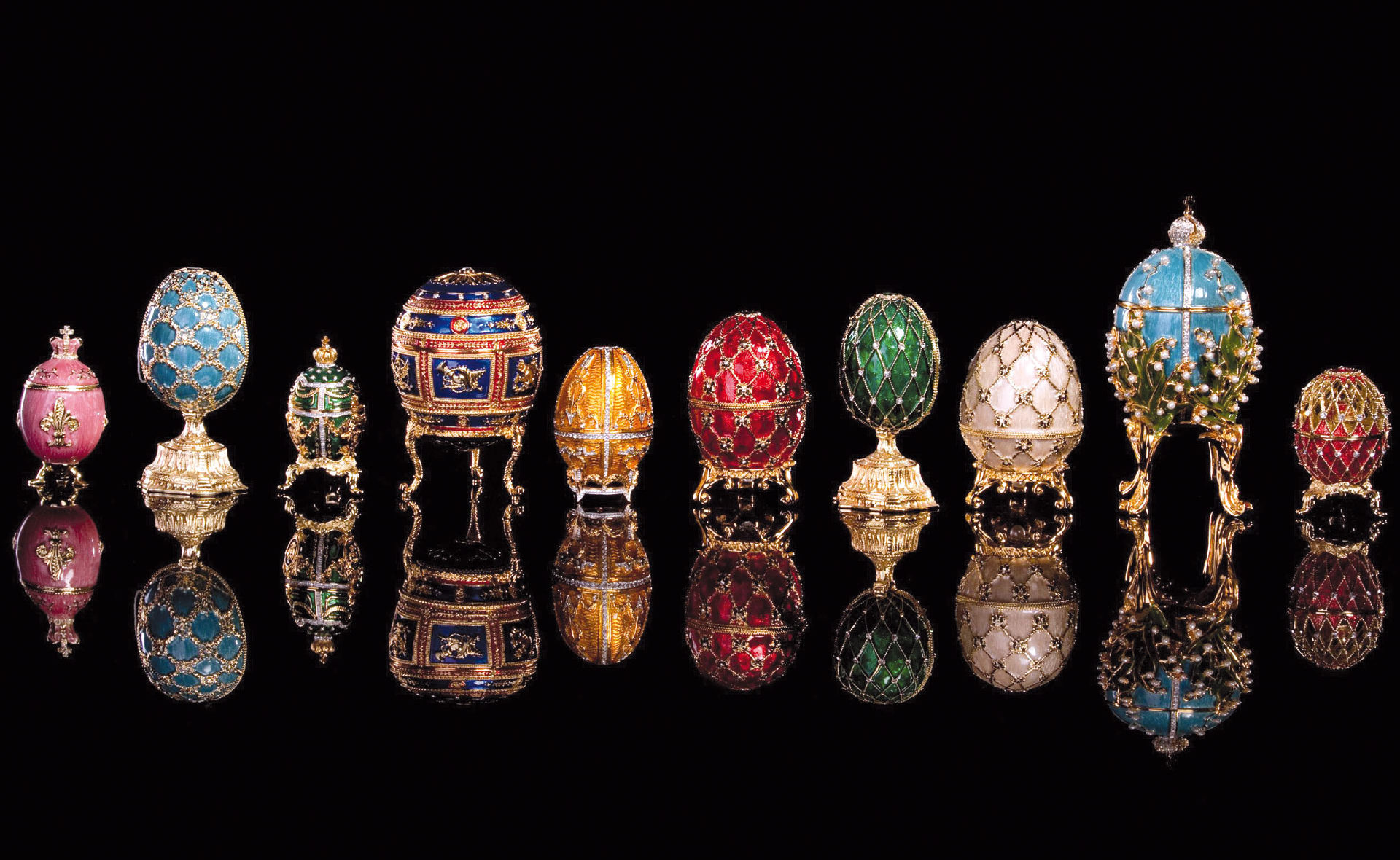The golden Easter eggs designed by Peter Carl Fabergé form part of the Russian Crown Jewels.

It was Easter time. A used metal dealer in the Midwestern United States was browsing a flea market one day when he spotted a strange object. It was oval in shape and with a clock face.
He bought it for 14,000 dollars and, back at home, took it apart and tried to resell the pieces of gold, decorative stones and metal structure. But he couldn’t find any buyers. On closer inspection he found the name of the clock maker, Vacheron Constantin. He later discovered that the mysterious object in his possession was one of 8 eggs missing from a collection created by the goldsmith Peter Carl Fabergé (1846-1920) for the court of the Russian tsars. The egg was worth 24 million dollars!
It all began when Tsar Alexander III, wanting to surprise his wife Maria Fëdorovna at Easter, commissioned the goldsmith to create a special jewel. Fabergé’s first egg was white and covered in opaque enamel with a Russian matryoshka structure: inside, there was a golden yolk containing a golden chick and enamel surrounding an egg-shaped ruby.
In the years that followed, Fabergé’s atelier produced 59 golden eggs.
